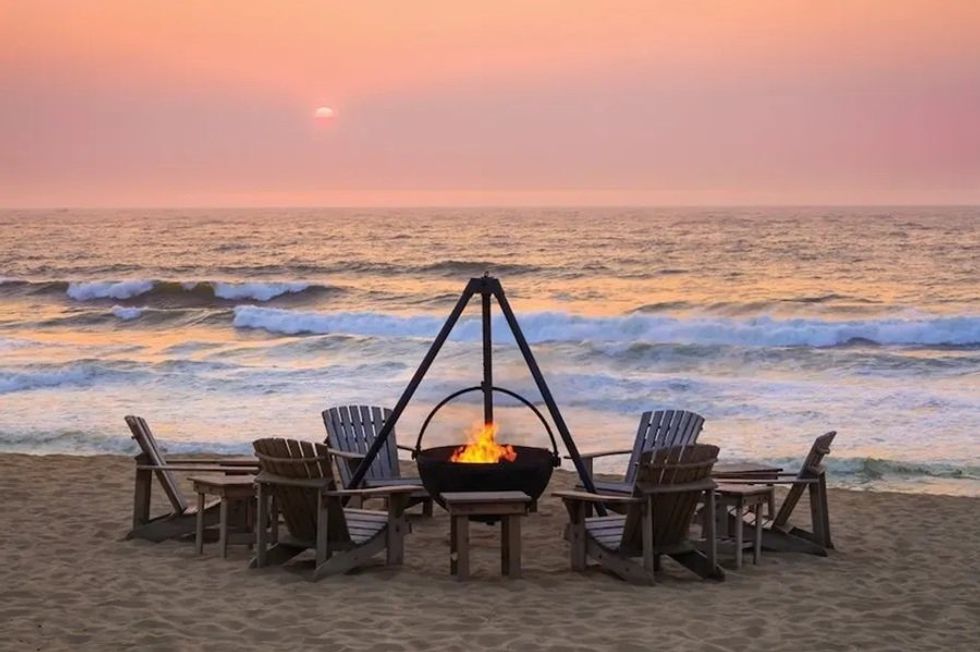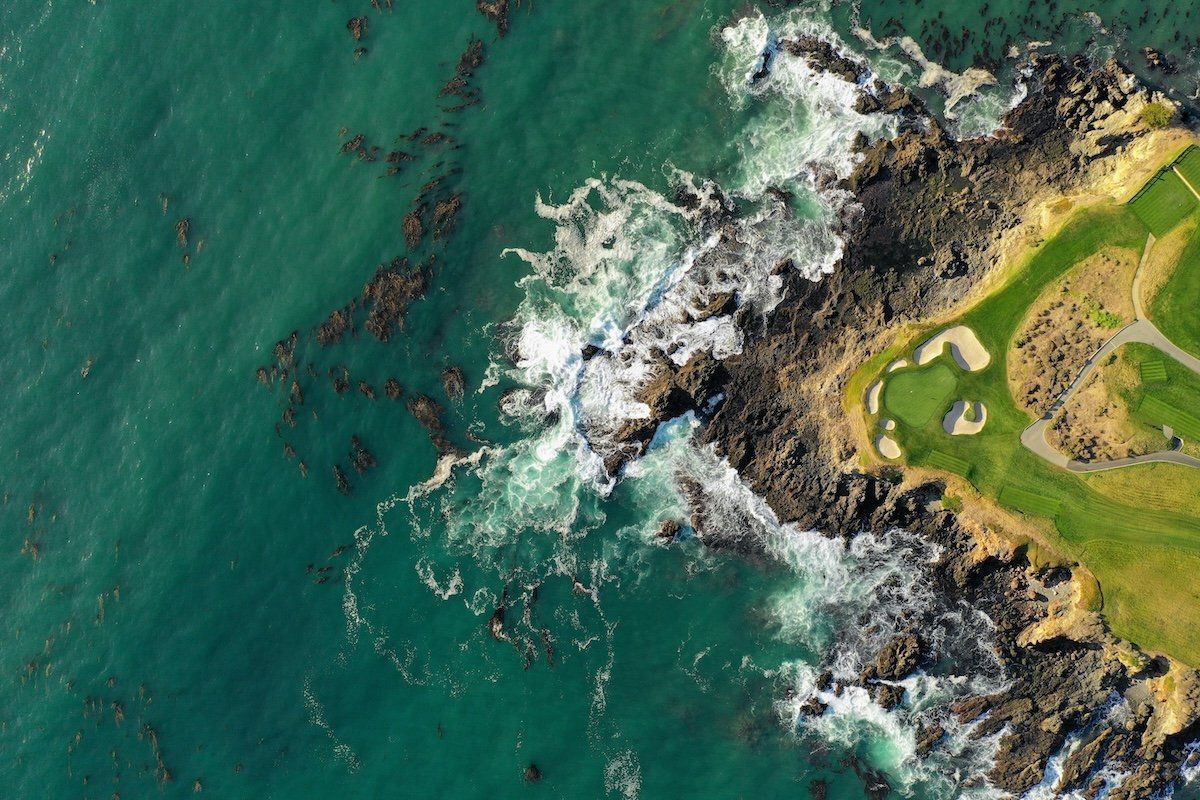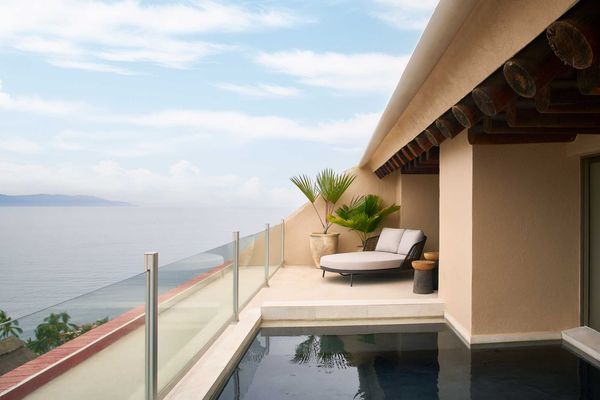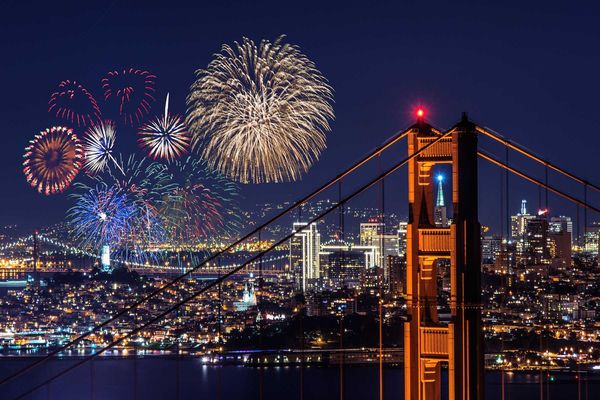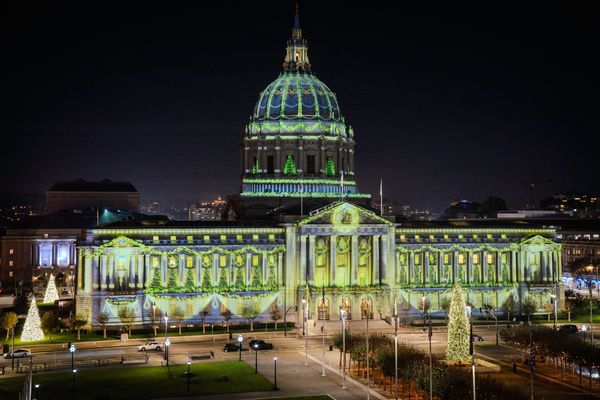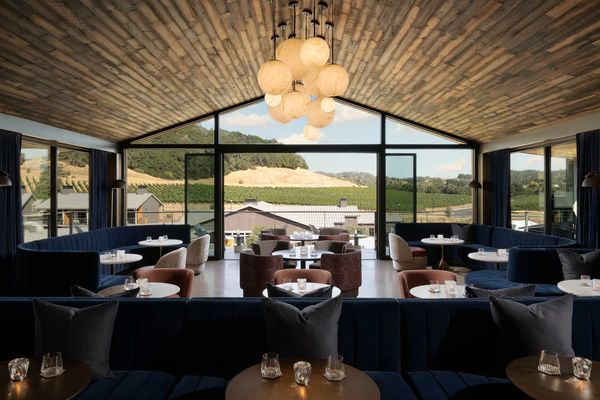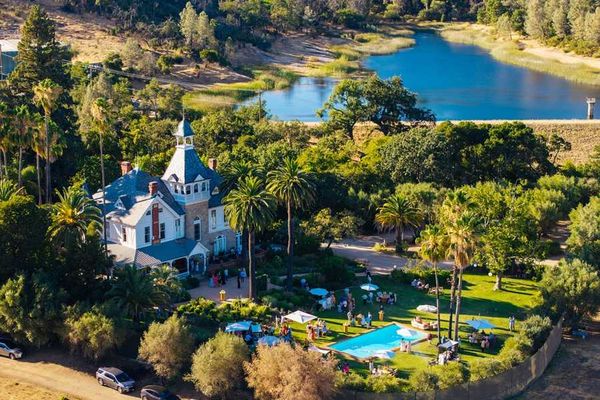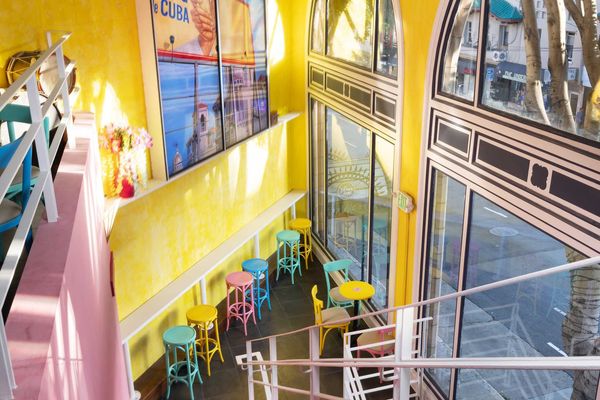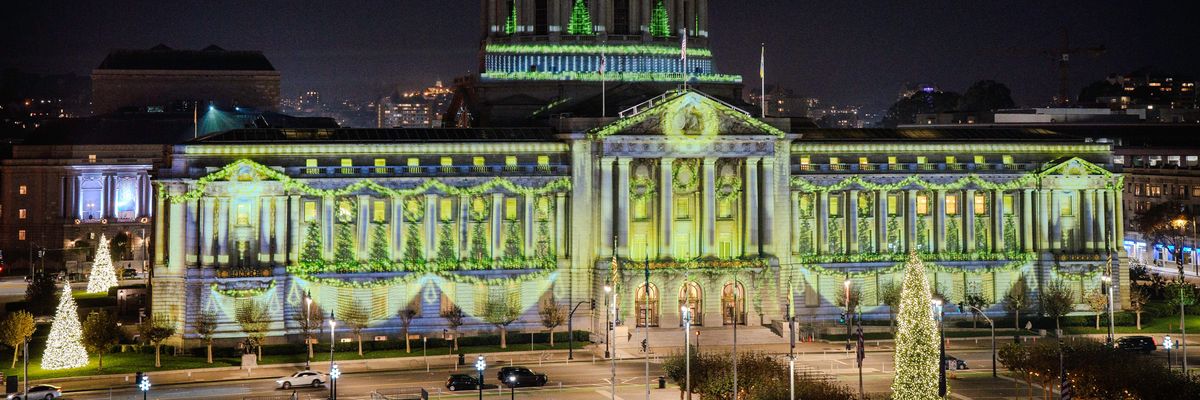Last month, thousands of epicures flocked to Monterey Peninsula for the Pebble Beach Food & Wine Festival, celebrating the world’s most extravagant cuisine in one of its most superlative settings.
With the opportunity to taste truffled “donut duck” hot dogs, walls of bacon candy, and scotch priced like a used sedan alongside the likes of Giada De Laurentiis and Alice Waters, it comes as little surprise that the festival attracts guests from all over the world. But what of those among us who might be unwilling or—gasp—unable to shell out up to $7,500 for the honor?
Let's be clear: there’s no truly affordable way to do Pebble Beach—but there are some more palatable options.
The Monterey Peninsula has been in demand for thousands of years, when various Indigenous groups traveled long distances to partake in its bounty of shellfish, sharing the region as a borderland between tribes. Settling along Stillwater Cove in the 19th century, Chinese immigrants sparked an “abalone rush” just five years after gold was found at Sutter’s Mill. With the help of Japanese divers—who inherited the tradition in the wake of the Chinese Exclusion Act of 1882—these pioneers made Monterey arguably more synonymous with that gastropod than it was with the sardines that helped build Cannery Row.
It didn’t take long for word to spread about what is now the Peninsula’s most famous natural resource: its staggering, tranquilizing beauty.
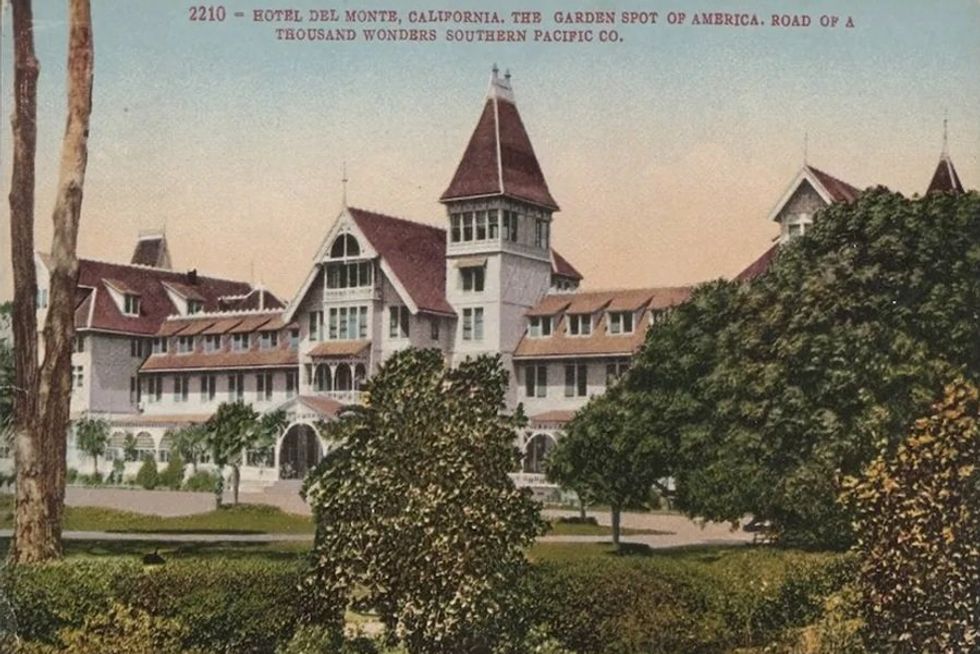
The Monterey Peninsula’s first resort—now the city of Pacific Grove—was founded in the 1870s by Methodists who sought calm among the Monterey pines. Shortly thereafter, when the automobile was still in its infancy, the Hotel Del Monte, gateway to scenic 17-Mile drive, began welcoming the wealthy and fashionable to explore thousands of wild acres in style. Finally, with the establishment of the Pebble Beach Lodge in 1909, and the growing number of golf courses which would soon surround it, the Peninsula’s reputation was sealed as a playground for the privileged.
Though the original lodge burned down in 1917, and the Hotel Del Monte—which, yes, lent its name to all those bananas and canned peaches—was sold to the U.S. Navy just after World War II, Pebble Beach never did lose its luster. Now counting eight golf courses, three hotels, and twenty-odd bars and restaurants across its 5,300 acres, Pebble Beach stands as the reigning king of Monterey County.
On the heels of Pebble Beach Food & Wine, I—but a pauper—was welcomed past the gates into the kingdom, to the resort’s recently remodeled Casa Palmero (1518 Cypress Dr., Pebble Beach).
Of the resort’s three properties—which also include the reconstructed Lodge (1919) and the Inn at Spanish Bay (1987)—Casa Palmero is technically the newest: first built in 1927 as a private residence before reopening as a 24-room hotel in 1999. Enclosed on all sides by Pebble Beach’s namesake golf course and connected to the resort spa via its courtyard, the hacienda-style hotel is billed as a place to disconnect, where berobed guests sit around the pool, doted upon by the extraordinarily attentive staff while sipping post-massage smoothies.
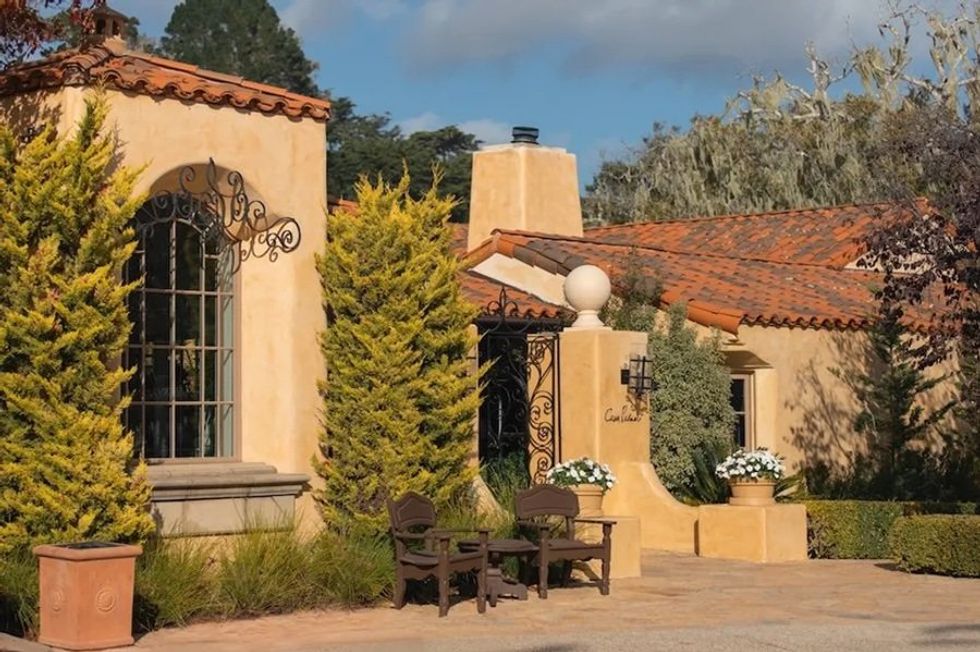
After rousing up an appetite with a round of golf at The Hay (3260 Stevenson Dr.), Pebble Beach’s (relatively) affordable, Tiger Woods–designed pitch-'n'-putt, followed by a sauna shvitz and my own massage, I retire to the Palmero’s main lounge for complimentary crab legs and Vieux Carrés before dinner at the Tap Room (1700 17 Mile Dr).
The Tap Room is Pebble Beach’s undisputed elder statesman—as much landmark as it is steakhouse. Here, seemingly everyone who’s anyone, from the participants of golf’s first and most illustrious celebrity tournament, the Crosby Clambake, to those of the six U.S. Opens hosted here, has met for pre- and post-golf debauchery since 1949.
Unfortunately for me, the resort is renovating that location during my stay, temporarily transferring the Tap Room to a neighboring space that clearly wants for its predecessor’s classic, leather-and-dark-wood ambience.
Beyond a decent selection of local wines by the bottle and an appearance from Monterey’s ever-growing Ad Astra Bread Co., the Tap Room’s dinner menu reads like your average American 19th hole: meant to appeal to red-blooded traditionalists with items like buffalo wings, creamed spinach, and monumental hunks of meat. Sourced from Idaho’s famed Snake River Farms, my wagyu-style “Kobe gold” ribeye is sufficiently fatty but bland, and a touch gristly for its price and pedigree—but the service is pleasant, and the place is lively.
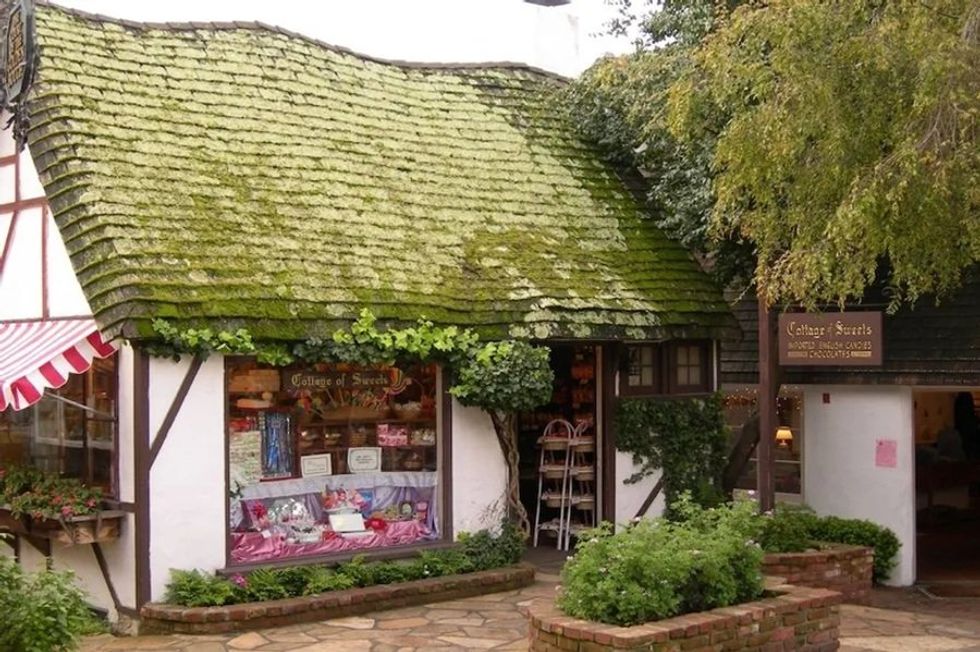
Charlie Chaplin, who spent considerable time at the resort while working on the screenplay to The Great Dictator, called Pebble Beach “the abode of stranded souls.”
There is a certain melancholy that haunts the area even today: the sardine fisheries of Monterey’s Cannery Row have been shuttered for over half a century; wild abalone has been nearly poached and poisoned out of existence; and, at first glance, the Old Fisherman’s Wharf seems reduced to a rote, depressing hodgepodge of scorched clam chowder and franchised taffy stands. Though the Trident Room (1 University Cir., Monterey)—where Salvador Dalí once served celebrities fish in satin slippers at one of his infamous surrealist dinners—still hums along at the former Hotel Del Monte, civilians are no longer welcome on the premises (as I learned the hard way).
Nevertheless, there is more than enough living history beyond Pebble Beach to embolden the weary traveler’s spirit.
Just north of Spanish Bay, Asilomar (800 Asilomar Ave., Pacific Grove) was first founded in 1913 as a meeting place for the Young Women's Christian Association. Today, the rustic hotel and conference center survives as a National Historic Landmark, thanks to several Arts and Crafts-style structures designed by legendary architect Julia Morgan.
In Carmel-By-The-Sea, Casanova (5th Ave. btwn Mission & San Carlos) serves traditional French-Italian cuisine in the charming cottage once owned by Chaplin’s personal chef; for dessert, the ever-popular Cottage of Sweets (Ocean Ave. btwn Monte Verde & Lincoln) offers Carmel caramels and British candies from a particularly whimsical example of the area's pre-Depression "Comstock Cottages."
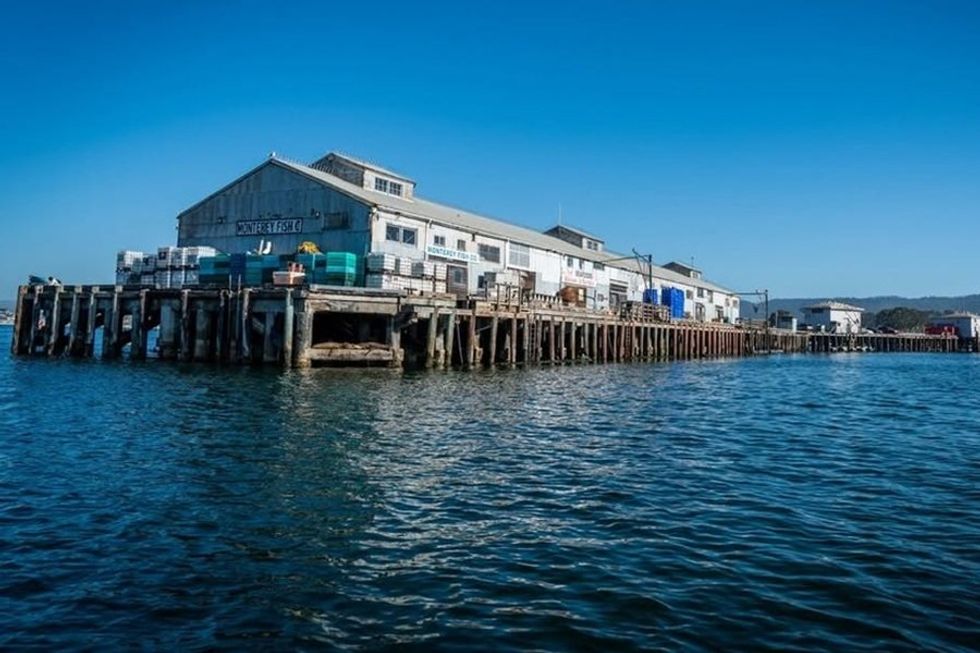
Thanks in part to the work of the Monterey Abalone Company, which raises its catch on kelp beneath Monterey’s Municipal Wharf #2, the precious mollusk can be safely and sustainably consumed once again. Seek it out on Fisherman’s Wharf, where old-school restaurants like Abalonetti’s (57 Fisherman's Wharf, Monterey) still serve it schnitzel-style—as first popularized by a German chef at the turn of the century—or prepared in ways unforeseen from the region’s more au courant establishments like Foray (NEC San Carlos St. & 5th Ave.) and Chez Noir (5th Ave. btwn Dolores & San Carlos St.) in Carmel-By-The-Sea.
It may be hard to compete with Pebble Beach Food & Wine in sheer panache, but there are other local events worthy of consideration.The Monterey Bay Fisheries Trust, a great resource for understanding where your seafood comes from, rotates their Get Hooked Community Seafood Dinner Series among area restaurants in support of local fisheries and low-income families. July 18–20, Monterey’s Old Custom House—the oldest public building in the state—welcomes the 46th Annual Monterey Wine Festival, a more affordable way to taste local food and drink.
Throughout August, The Sanctuary Beach Resort (3295 Dunes Dr., Marina) 15 minutes up the coast hosts champagne and oyster nights to raise money for the non-profit Wild Oyster Project. (Their on-site Salt Wood Kitchen & Oysterette trades in “ocean-to-table” cuisine like calamari tacos, whole, wood-fired fish, and other seafood staples all year-round.)
Whenever you come, however you do it, the storied history of the Monterey Peninsula won't cost you a dime.
